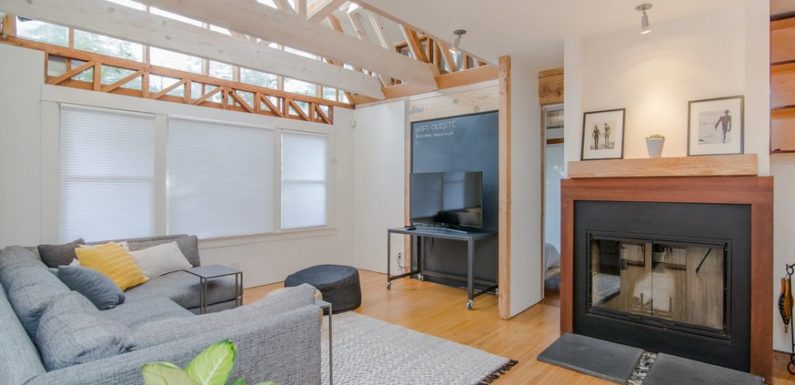
Unlike the harsh energy-saving lightbulbs of the past, newer energy-efficient bulbs can save you even more money while producing warm and comfortable light. As a bonus, you won’t have to change them as often.
Table of Contents
Energy-Efficient Light Bulbs
Incandescent bulbs use only 10% of the power they consume to actually produce light—the other 90% of the energy is wasted as heat. Depending on your lighting needs, there are several energy-efficient alternatives.
Compact Fluorescent Bulbs
Compact fluorescent bulbs, the most energy-efficient type of bulb, cost more up front than traditional incandescent bulbs but last 10–15 times longer and use one-quarter of the the energy. Plus, advanced technology in compact fluorescents allows them to produce the same amount—and almost the same quality—of light as traditional incandescents. If you replace all or most of your household bulbs with compact fluorescents, you’ll notice a reduction in your electricity bill right away. Today’s compact fluorescent bulbs fit in all kinds of light fixtures and come in a variety of flattering colors, though the most common color is soft white.
Halogen Bulbs
Halogen bulbs are 10–40% more efficient and last 2–3 times longer than incandescents, though they produce more heat than any other kind of bulb. Because of the high temperatures that halogens emit when they’re left on for extended periods of time, they can be a fire hazard—especially in torchiere lamps (floor lamps that direct light upward). But they are very popular in track lighting and vehicle lighting.
LED Bulbs
LED (light-emitting diode) bulbs are energy-efficient because almost all of the energy they use is converted to light, so they’re cool to the touch. LEDs are compact (your laptop computer screen likely uses one, for example) and can last for decades. In the past, LEDs couldn’t produce the bright light needed for in-home use. But as technology improves, the potential of LED use in the home increases. Also, LEDs are popular for outdoor lighting—in path lights and lanterns, for example. You can even find LEDs that are solar-powered, making them easy to install and free to use.
Sunlight
Sunlight is free and abundant in most parts of the United States, so if you’re remodeling or building a new home, consider bringing more natural light inside. If you position windows or skylights properly, daylight can cut by 50–80% the energy needed to light your house. Relying on natural light, though, means there will be variations in the seasonality and intensity of the light.
If you don’t have the space or inclination for large windows or a skylight in your home, consider solar tubes. These tubelike structures direct natural light from the roof into dark rooms. Known commercially as Sun Pipes® or Sun Tunnel Skylights®, solar tubes are also less expensive than regular skylights.
Dimmers and Timers
If you don’t have the time or the money to do a big lighting upgrade in your home, you can still save a significant amount of money by putting your most consistently used lights on dimmers or timers. Dimmers are easy to install and let you control how much light you need in a room more finely than a simple on/off setting. Timers, which you can easily place on a lamp’s power cord, ensure that lights left on accidentally won’t stay lit all night long.

